The first day of class can be daunting. Students are curious about the new faces around them, intimidated–even frightened by the prospect of so many people they know nothing about. As a teacher, you might feel the same way. You knew everything about last year’s students, got excited when their baseball team won the playoffs, cried with them when a favorite pet passed away, cheered when they got an A in math. Those details–that intimate knowledge–helped you understand what motivated them so you could differentiate instruction to reach each of them where they were.
Now, you’re starting over. It would be easy to go around the room and have everyone introduce themselves, but you want the first-day ice-breaker to be more–enriching but fun, to set the tone for the rest of the year. You want students to quickly get comfortable with each other, bond as a group, without turning the classroom into a party room. And, you want an activity them haven’t done so many times in the past it’s boring.
One truth never changes: Students love talking about themselves. There’s no better ice breaker than one where students share information about themselves. There’s no better way to discover new friends than have a classmate understand perfectly what you’re saying about a tough soccer game because s/he too plays soccer.
Another truth: Kids love technology. This year, try a get-to-know-you that uses one of the many free online tech tools. How about these ideas:
- Have students upload a favorite picture of themselves into Thinglink, then add hotlinks (the yellow and red ‘dots’ on the image below) that take visitors to websites, videos, more pictures, or text that share details about the student.

- Use one of the many free infographic creators (Easel.ly, Infogr.am,Visual.ly) or a mindmap like iMindMap or Bubbl.us to create a story of the student’s life, summer, or goals. This can include videos, text, images, website links–even the Thinglink above. As students work, they learn how to use programs they aren’t familiar with or refresh knowledge from last year.
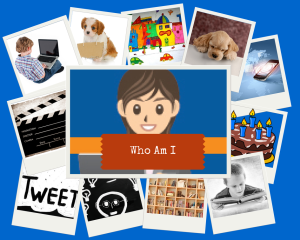
- For a quick project, use an image editor like Lunapic or PicMonkey to spice up a picture. No text, audio, video–all the information is communicated with a picture and how the student formats it:
- Share an audio story using Voki or Tellagami. Be creative with backgrounds and character details. These take minutes to set up, and not much longer to tape, but can be played from the internet or embedded into student digital portfolios or blogs.
- Create a collaborative class timeline in Google spreadsheet or Google Draw (or Office365 if you have a class account). Display the project on the smartscreen as students access their student account and add their birthday or an important event in their lives to the joint timeline. They’ll love watching as the timeline is filled out over the class period. When done, embed it to the class blog or website. This introduces students to each other while reviewing/introducing the online tool.
- Have students share information about themselves through Google Forms. Embed the form into the class blog or website, or share the link with students through their GAFE account. As they complete it, populate the results on the class smartscreen for all to see.
- Have students play an Excel game with a partner. Spreadsheets become important as students develop the need to analyze, compare and contrast, and find evidence to support conclusions. Turning a spreadsheet into a games makes that daunting six syllable phrase (data analysis) just one syllable–fun. Here’s a link to six of them, everything from Monopoly to a maze to an arena (Image credit: Andrew Warner)
For the picture-intensive projects above, older students can access their Flikr or FB accounts while youngers use pictures from Google Images or another location of your choice. Use this opportunity to teach or review safe search skills.
Once the projects are done, upload or embed them to the class website or student blogs to share with others. Give the students class time to add comments and/or questions to the work of new friends. Not only is this a great ice breaker for the first day of class, it’s also a fun introduction to web-based tools students will enjoy incorporating into class projects throughout the school year.
For ice breakers that use mobile devices, check out Jackie Gerstein’s article. For other greater school starters, see Catlin Tucker’s article.
Jacqui Murray has been teaching K-18 technology for 30 years. She is the editor/author of over a hundred tech ed resources including a K-12 technology curriculum, K-8 keyboard curriculum, K-8 Digital Citizenship curriculum. She is an adjunct professor in tech ed, Master Teacher, webmaster for four blogs, an Amazon Vine Voice, CSTA presentation reviewer, freelance journalist on tech ed topics, contributor to NEA Today, and author of the tech thrillers, To Hunt a Sub and Twenty-four Days. You can find her resources at Structured Learning.

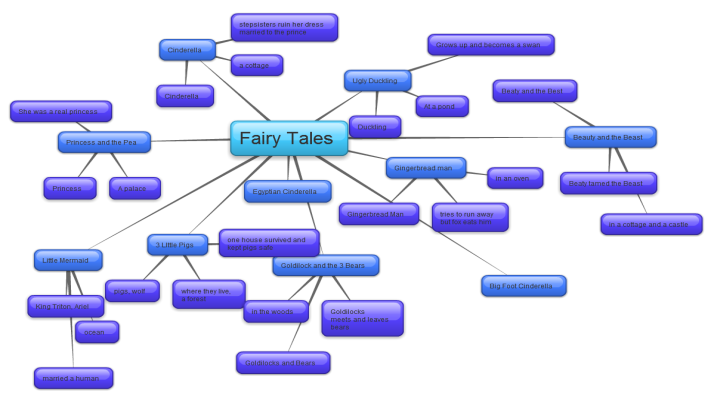



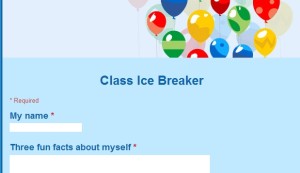


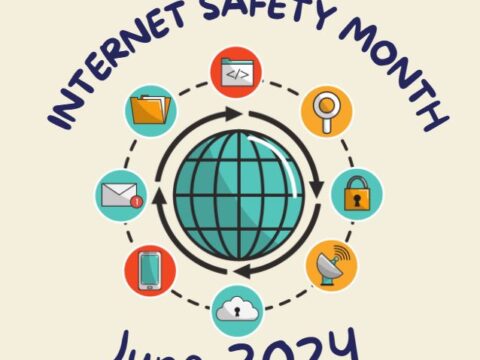

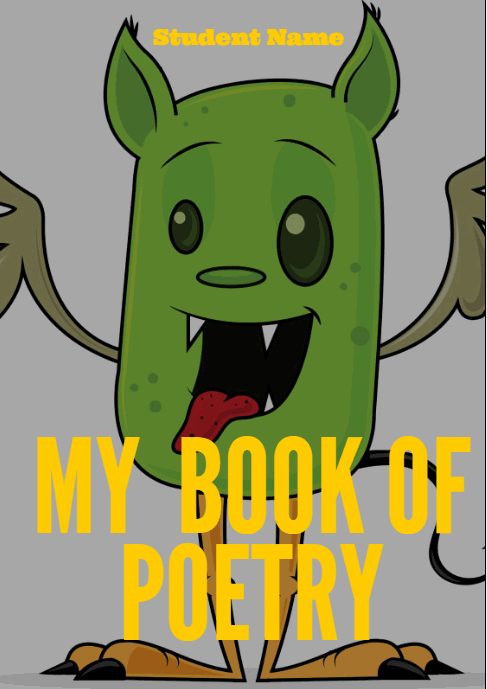
































2 thoughts on “8 Tech Tools to Get to Know Your Students for Back to School”
Comments are closed.